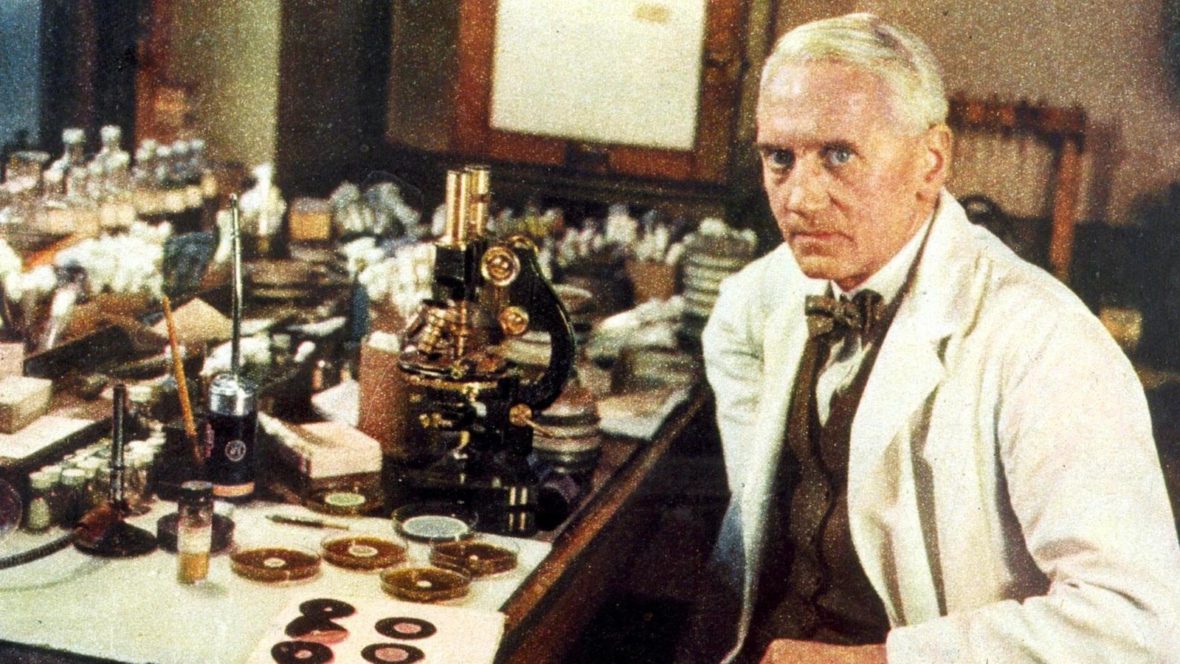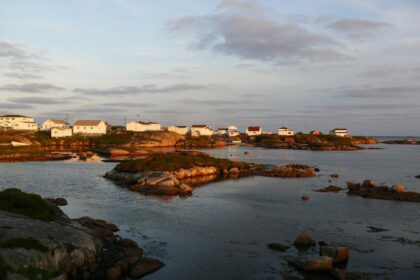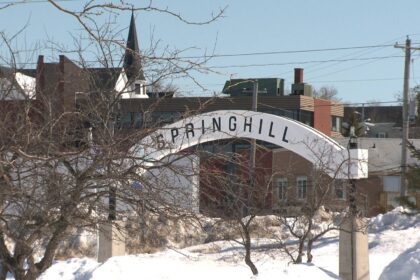Sir Alexander Fleming was a Scottish physician, microbiologist, and pharmacologist. His best known discoveries are the enzyme lysozyme in 1923 and the world’s first antibiotic substance benzylpenicillin from the mould Penicillium notatum in 1928, for which he shared the Nobel Prize in Physiology or Medicine in 1945 with Howard Florey and Ernest Boris Chain. Take a look below for 27 more fascinating and interesting facts about Alexander Fleming.
1. Fleming wrote many articles on bacteriology, immunology and chemotherapy.
2. Fleming was knighted for his scientific achievements in 1944.
3. In 1999, he was named in Time Magazine’s list of the 100 Most Important People of the 20th Century.
4. In 2002, he was chosen in the BBC’s television poll for determining the 100 Greatest Britons.
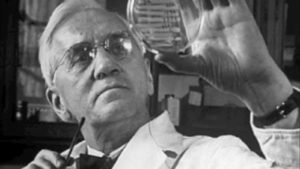
5. In 2009, he was voted third greatest Scot in an opinion poll conducted by STV, behind only Robert Burns and William Wallace.
6. Fleming completed his elementary school years in Scotland, despite losing his father while he was only seven years old.
7. He went on to London to complete his schooling at the Royal Polytechnic Institution.
8. At the encouragement of his older brother, a physician, Fleming went on to become a doctor.
9. His military service actually led to his transition into research; as a member of the military and the rifle team at St. Mary’s Hospital Medical School, the captain of the team wanted to keep Fleming on the team, so he suggest that he join the research department after finishing school.
10. He began working in battlefield hospitals when World War I broke out, but he returned to St. Mary’s after the war to continue his research.
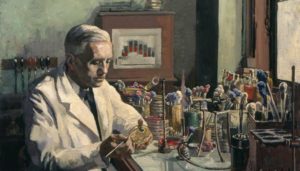
11. Fleming turned to teaching when he was made professor of bacteriology in 1928 at the University of London.
12. His military service actually led to his most important work. After witnessing so many soldiers die from infection following their battle wounds, he set about to find a cure for bacterial infections.
13. Fleming was one of the first researchers to recognize that antiseptics only treated surface wounds, and that antiseptics also tended to kill off the beneficial agents that helped fight infection.
14. Even though he had a solid reputation as a great researcher, Fleming’s lab and workspace were often very messy. This actually led to the discovery of penicillin.
15. He had been studying the different properties of a strain of staphylococcus bacteria, but allowed mold to grow in the petri dish where a sample was stores due to these lab conditions.
16. When he went to work in his lab on September 28, 1928, he discovered that the staph couldn’t grow near the penicilliummold. He uncovered the properties of the mold that prevented the staph from spreading to that region of the plate.
17. Fleming almost didn’t continue researching penicillin, since it was hard to make the mold grow and it was difficult to isolate the antibacterial property of it.
18. An article he published on his findings received very little attention at first.
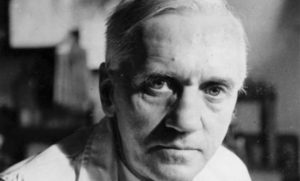
19. Two other researchers, Ernst Boris Chain and Edward Abraham, actually discovered how to isolate the penicillin and increase its potential, and they shared the Nobel Prize with Fleming.
20. Fleming was born on August 6, 1881, at Lochfield farm near Darvel, Ayrshire, Scotland.
21. He was the third of four children of farmer Hugh Fleming from his second marriage to Grace Stirling Morton, the daughter of a neighboring farmer.
22. After working in a shipping office for four years, the 22 year old Alexander Fleming inherited some money from an uncle, John Fleming.
23. Fleming was modest about his part in the development of penicillin, describing his fame as the “Fleming Myth” and he praised Florey and Chain for transforming the laboratory curiosity into a practical drug.
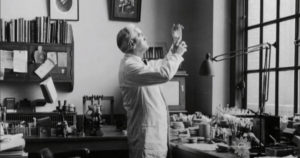
24. Fleming was the first to discover the properties of the active substance, giving him the privilege of naming it: penicillin.
25. He kept, grew and distributed the original mould for 12 years, and continued until 1940 to try to get help from any chemist who had enough skill to make penicillin.
26. Fleming’s accidental discovery and isolation of penicillin in September 1928 marks the start of modern antibiotics.
27. On December 24, 1915, Fleming married a trained nurse, Sarah Marion McElroy of Killala, County Mayo, Ireland. Their only child, Robert Fleming, became a general medical practitioner. After his first wife’s death in 1949, Fleming married Dr. Amalia Koutsouri-Vourekas, a Greek colleague at St. Mary’s, on April 9, 1953.

